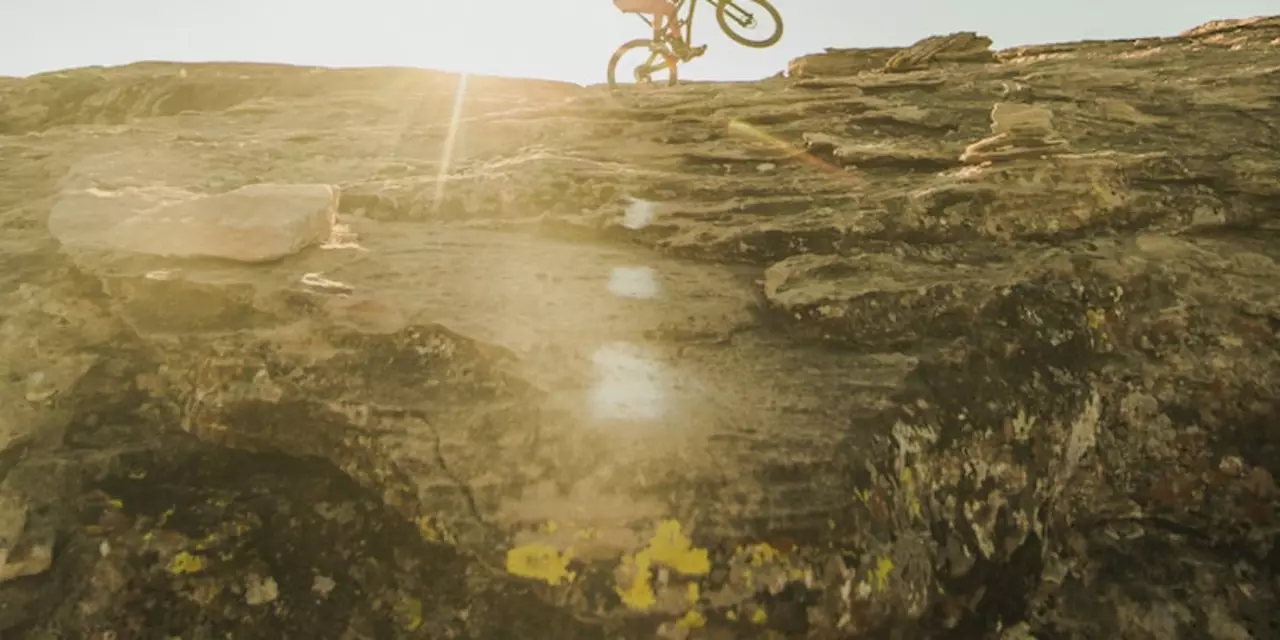Outdoor Cycling & Adventure Tips
Ready to get more out of your time outside? Whether you ride on pavement, trail, or mixed terrain, the right advice can make every trip safer, faster, and more fun. Below you’ll find straight‑forward tips that you can try on your next ride.
First, pick a route that matches your fitness level. Short, flat loops are great for beginners, while hilly or single‑track trails give experienced riders a chance to push their limits. Use a map app or local cycling club pages to spot popular loops and avoid traffic‑heavy streets.
Gear Essentials for Outdoor Rides
Good gear starts with a reliable bike. A road bike with a light frame works well on smooth surfaces, while a mountain bike with front or full suspension handles rough paths. Make sure your tires are properly inflated – 80‑100 PSI for road, 30‑40 PSI for trails – to get optimal grip and comfort.
Helmet safety is non‑negotiable. Choose a model that fits snugly and has proper ventilation. Pair it with padded gloves and clear lenses to protect your eyes from dust and sun glare. If you ride after dark, bright lights and reflective clothing become essential for staying visible.Don’t forget your shoes. Stiff cycling shoes improve power transfer, especially on long rides. If you prefer flat pedals, look for shoes with good grip and a snug fit. Clip‑less shoes are worth the investment for road or mountain rides where efficiency matters.
Training & Safety Outdoors
Warm‑up before you hit the trail. A five‑minute easy spin gets blood flowing to your legs and reduces the chance of cramps. Add dynamic stretches like leg swings and ankle circles to prep joints for the demands of uneven ground.
Build endurance gradually. Add 10‑15 minutes to your ride each week, and mix in interval training – sprint for 30 seconds, recover for a minute – to boost both speed and stamina. Keep a workout log or use a bike computer to track progress and stay motivated.
Hydration and nutrition are key. Carry at least 500 ml of water for rides under an hour, and add an extra bottle for longer trips. Energy gels or a banana can keep blood sugar stable on rides that last more than two hours.
Safety isn’t just about gear; it’s also about awareness. Scan the trail ahead for obstacles, loose rocks, or sudden changes in surface. When riding with a group, maintain a safe distance and communicate using hand signals.
Finally, make the most of every ride by listening to your body. If you feel excessive fatigue, muscle pain, or joint discomfort, cut the ride short and stretch. Recovery days and proper sleep help you stay strong for the next adventure.
With these simple habits, your outdoor cycling experience will become smoother, faster, and more enjoyable. Keep experimenting, stay safe, and share what works for you in the Rebel Cycling community. Happy riding!
What do you love about mountain biking?
Mountain biking is an exciting and challenging sport that combines the thrill of off-road riding with the beauty of nature. It offers an opportunity to explore new terrain, push yourself physically, and take in spectacular views. It's also great for your health, as it's an aerobic exercise that strengthens muscles and builds endurance. Additionally, the camaraderie of the biking community makes it even more enjoyable. Mountain biking is a great way to explore the outdoors, challenge yourself, and make new friends.
